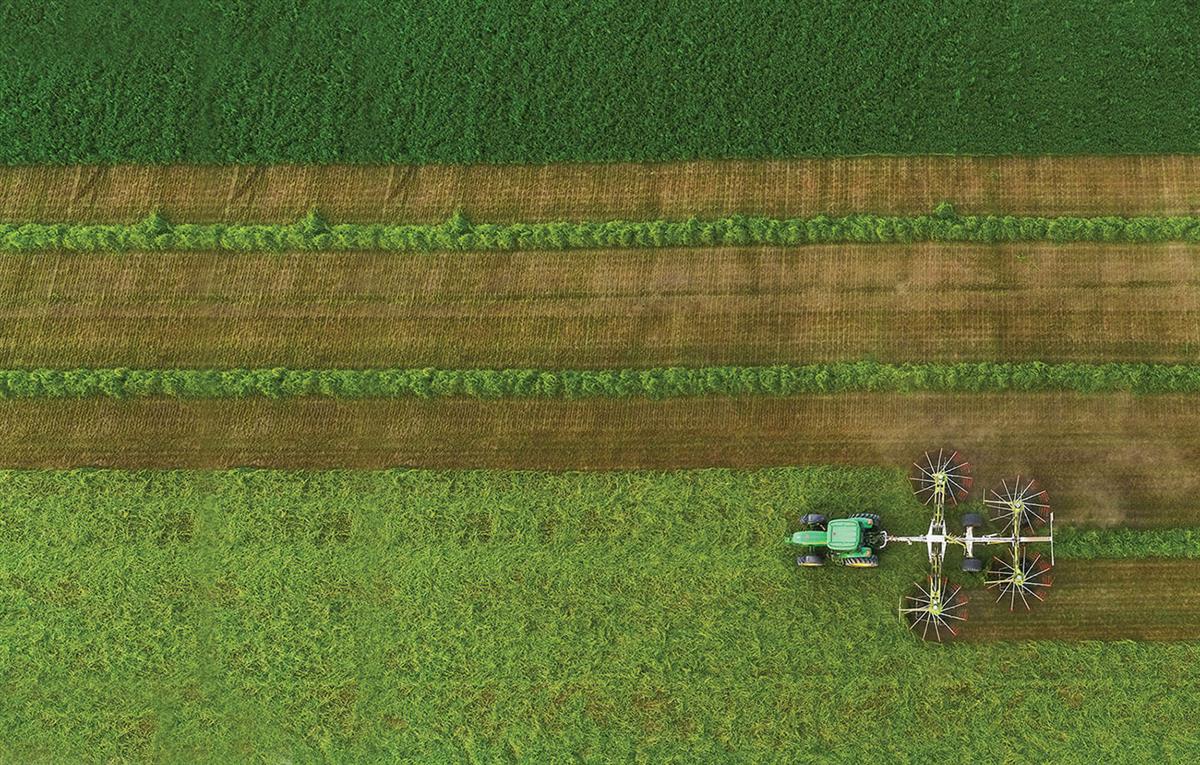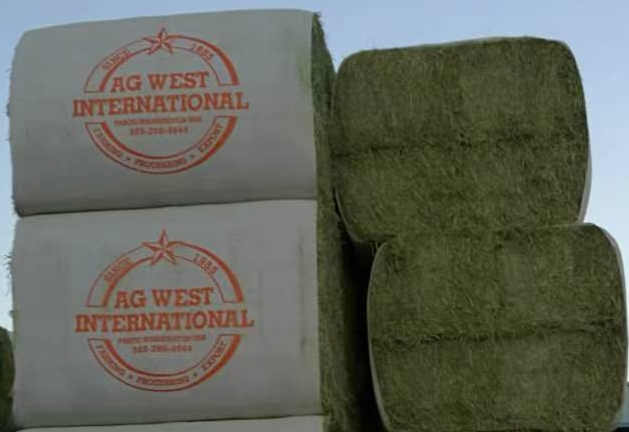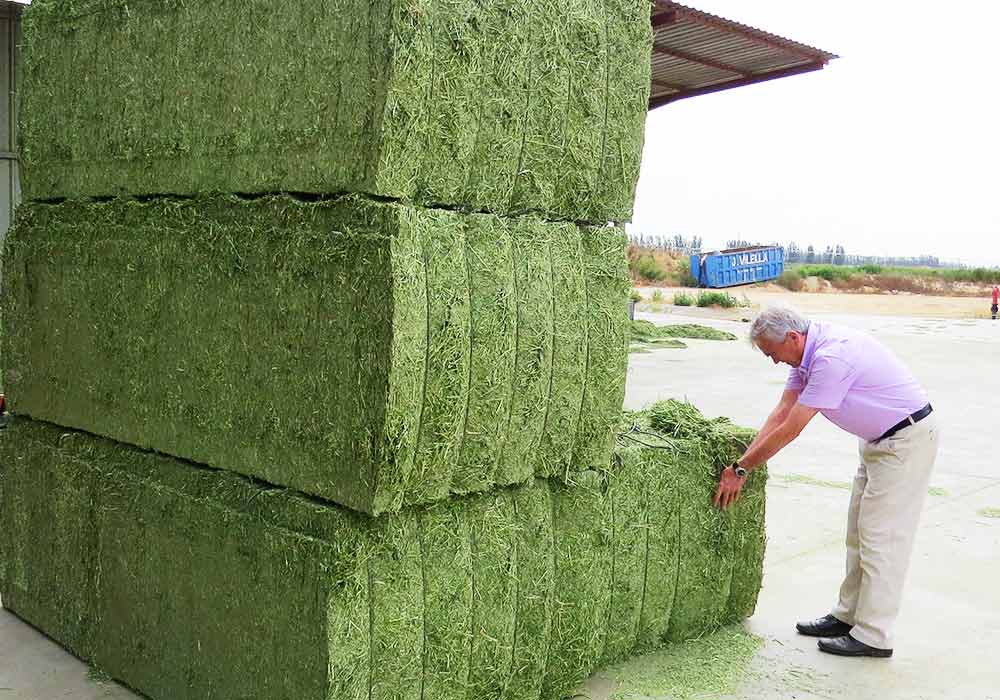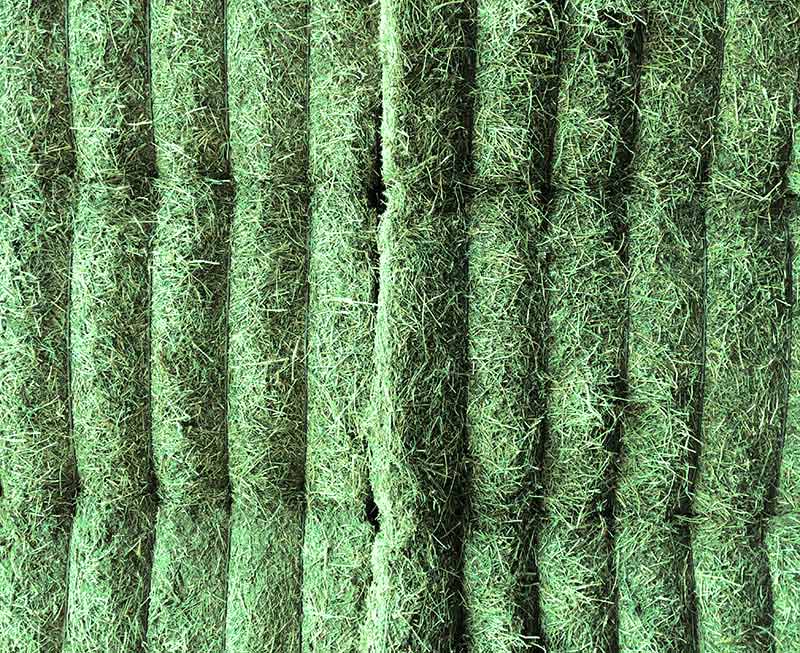American AG WEST Alfalfa
Alfalfa grass is the "king of forage grass", which is the most suitable forage grass to improve the milk yield of dairy cows. It has been fed in dairy industry for more than one hundred years. According to the current statistics, there are more than 6 million dairy cows and 4 million lactating cow in China, whose demand for alfalfa grass is more than 6 million tons. But China's annual production of alfalfa is 3.5 million tons, so it needs to import 2.5 million tons. In fact, China's annual import of alfalfa grass is 1.5 million tons from the United States and 200,000 tons from Spain, so alfalfa is in short supply.Granda has been cooperating with ACX, VENSO, FAGAVI and other large groups of alfalfa grass supply, with stable supply and quality. The annual sales volume of Granda is from about 40,000 tons to 50,000 tons, and Granda mainly supplies well-known enterprises in the industry such as Yili, Mengniu, Wens Group, Shenzhen Chenguang, and Guangdong Yantang. Granda will continue to develop its own brand “GRANDA” (GUANGDAJIAHE, GUANGDAJIAMU) to import high-quality alfalfa.
- 浏览次数: 272
Shenzhen Granda is a large-scale importer of high-quality fiber and protein feed. Shenzhen Granda is the agent of ALDahra ACX, the largest alfalfa product exporter in the United States. At the same time, it cooperates with the top alfalfa product exporters Whitby, Stevens, AG West, Standlee, Calaway and Hajny, maintain a close cooperative partnership.
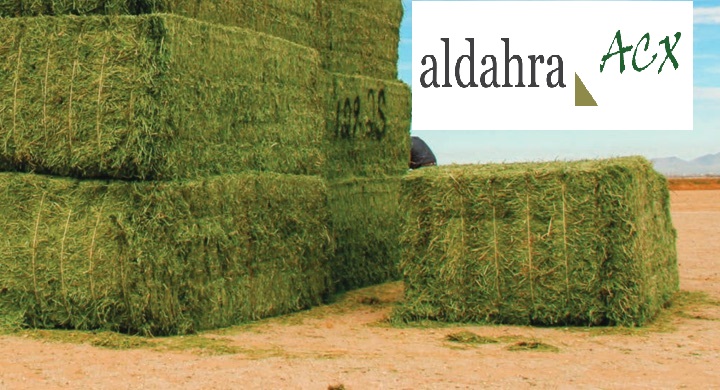
American ACX Alfalfa
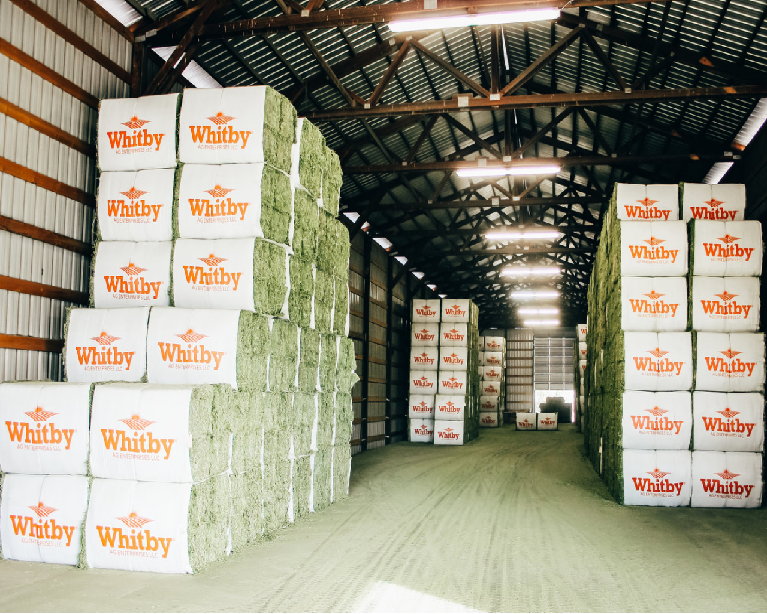
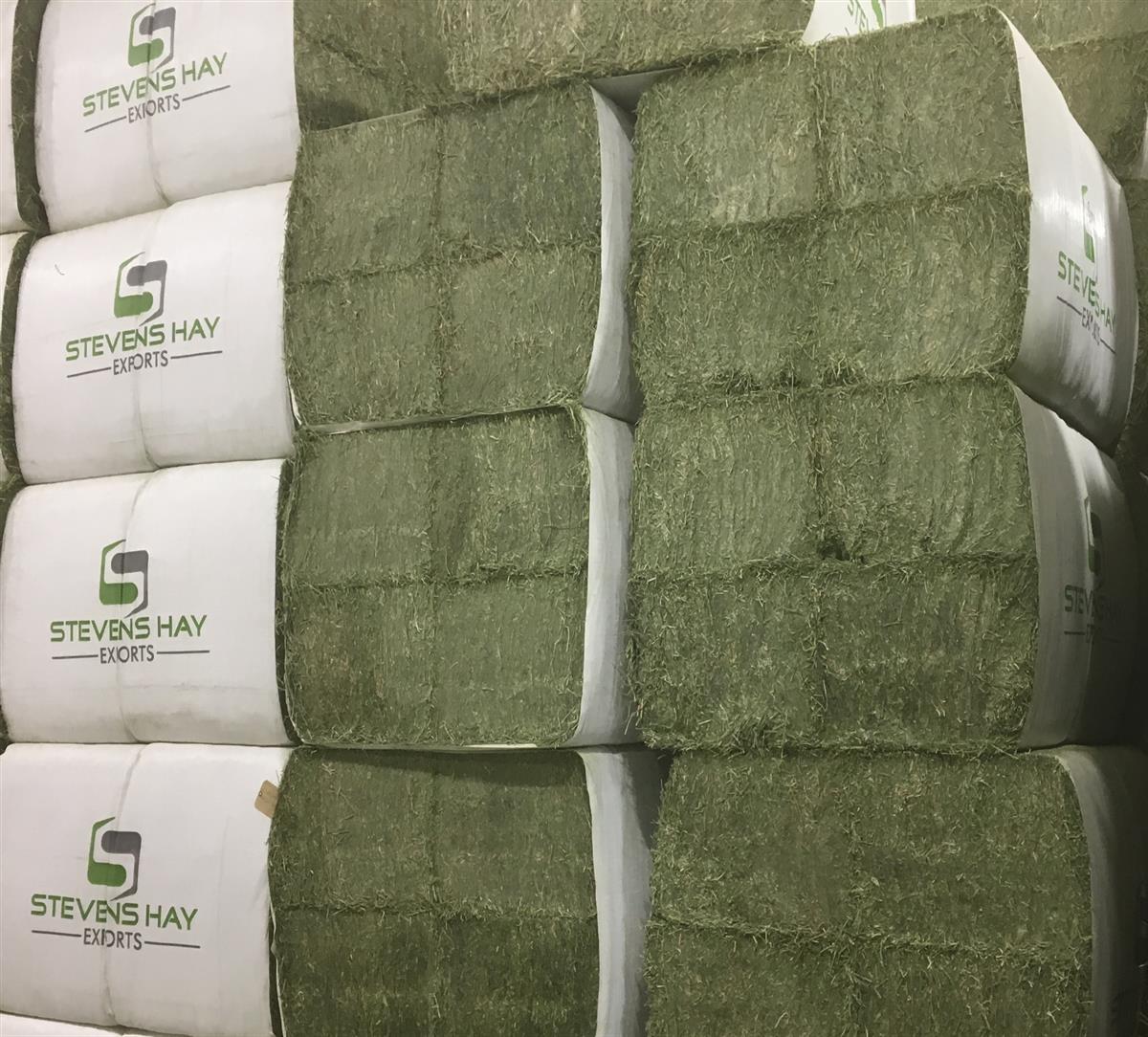
American Whitby Alfalfa American Stevens Alfalfa
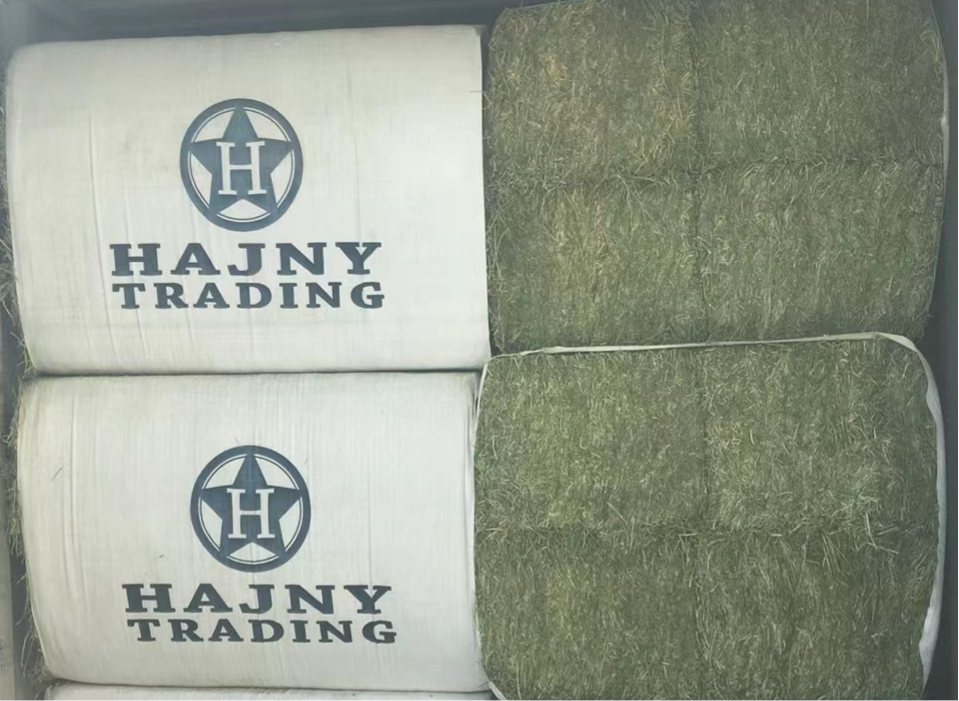
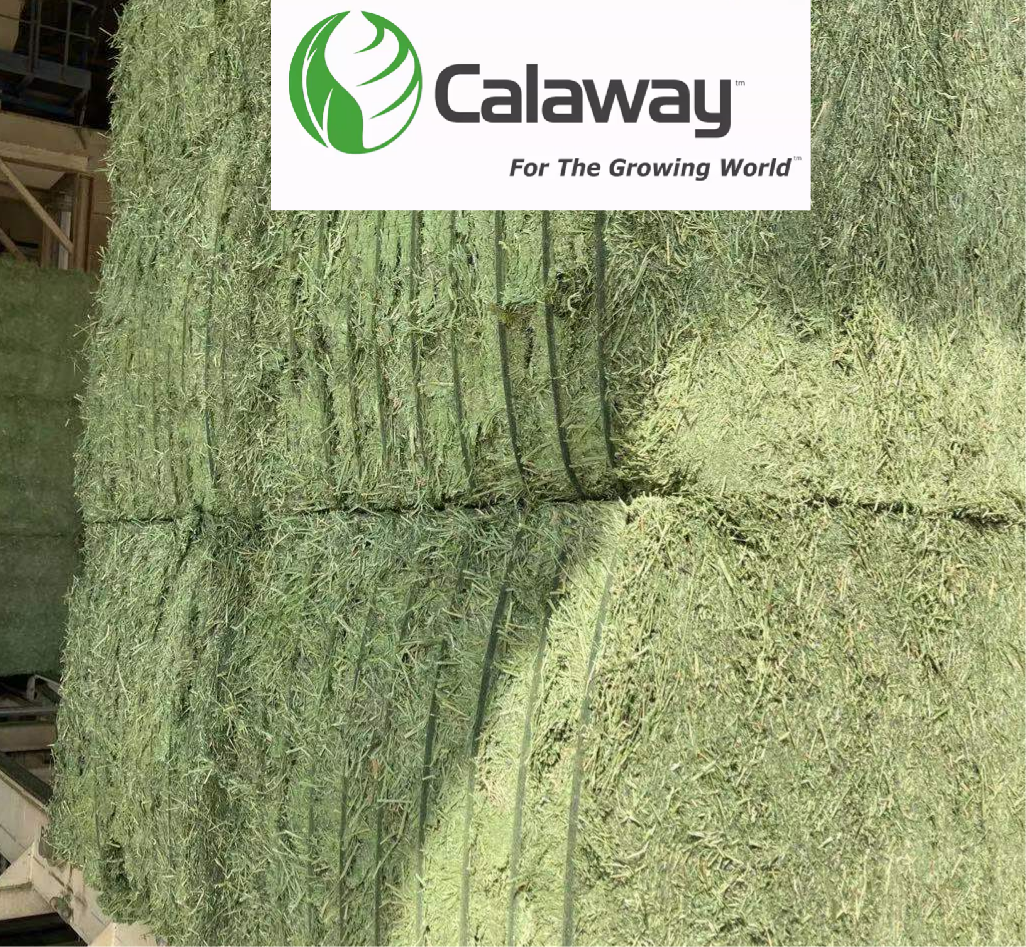
American Hajny Alfalfa American Calaway Alfalfa
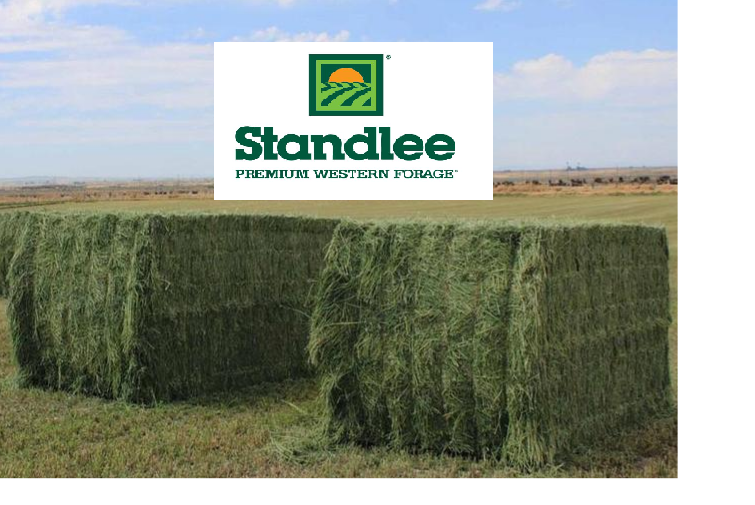
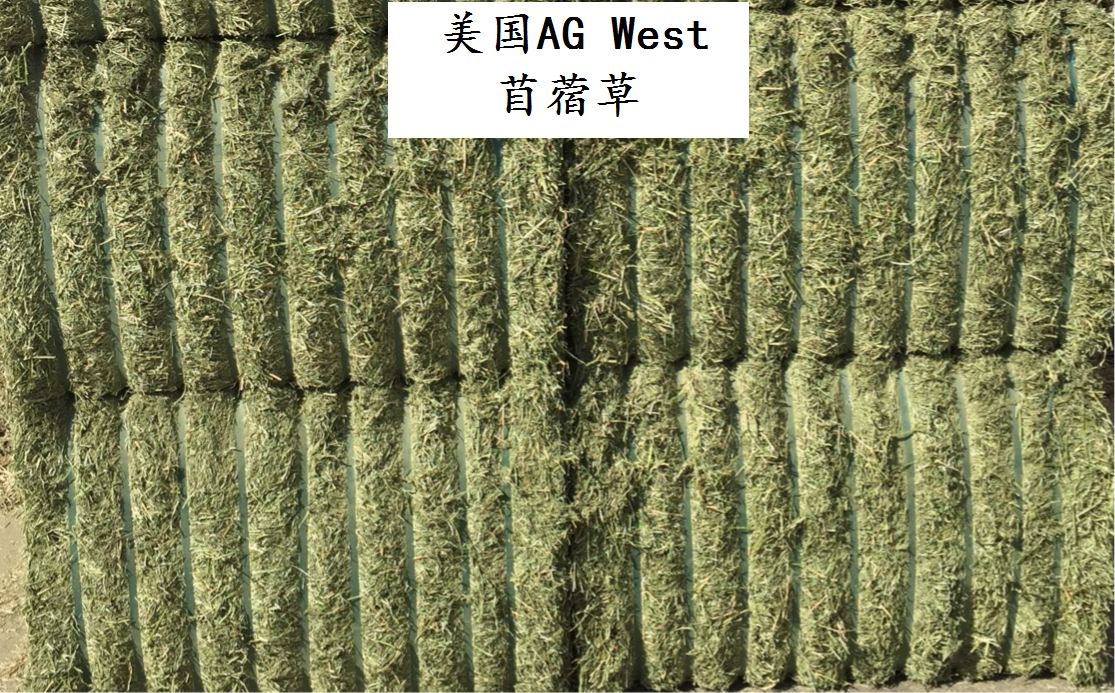
American Standlee Alfalfa American AG West Alfalfa
American alfalfa is produced in the western part of the United States, which is dry and less rainy, rich in water resources and convenient transportation. Thanks to the irrigation of the Colorado River, it is the highest quality and most productive alfalfa production base in the United States. Our company imports high-quality Southern California non-genetically modified alfalfa hay , Naturally dried alfalfa not only retains the natural fragrance, but also the soft fiber ensures the best ruminating effect for high-yielding dairy cows.
The planting area is about 9.6 million hectares, accounting for 33% of the world’s alfalfa planting area. The annual output is 70 million tons, and exports account for about 10% of the output. The annual output of seeds is more than 50,000 tons:
1. Production process and planting management procedures: determine planting area; conduct regional soil test to determine N, P, K content, select forage species based on the results; improve soil (PH5.15~6.15) and fertilize; select appropriate planting time, spring planting From March to April, and from September to October in autumn. The sowing method is mainly to use the seeder to sow with gypsophila, and then the machine suppresses to make the seeds and the soil fully contact; inoculate rhizobia and center sprinkler technology to increase yield; use herbicides to reduce weed rate; master the cutting time, especially the first Stubble to improve subsequent yield and quality; rotation of alfalfa, wheat, corn, and gramineous forages, rotation once every 3-4 years, because of the effect of nitrogen fixation, soil fertility is significantly improved, and corn and wheat can be planted under the condition of reducing the use of nitrogen fertilizer.
2. Processing: There are rapid dehydration drying method and natural air drying method; the former is cut and dried with a dryer for rapid dehydration, drying, crushing, packaging and storage; the latter is cut and spread out in the field in a row, and is collected by a bundler after natural air drying. , The first bundle is stored in the field, and after the preliminary assessment of the quality of alfalfa and sampling and analysis, it is stored in the warehouse in grades; finally, the second bundle is selected according to the needs of the customer, and the package is out of the warehouse.


